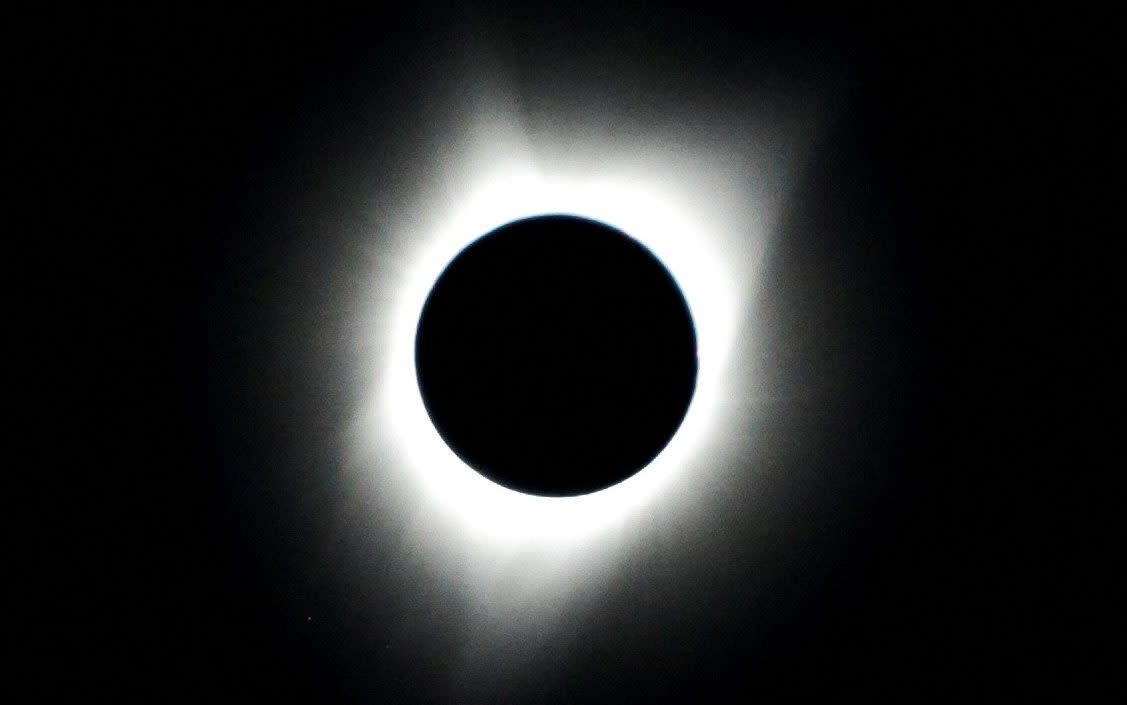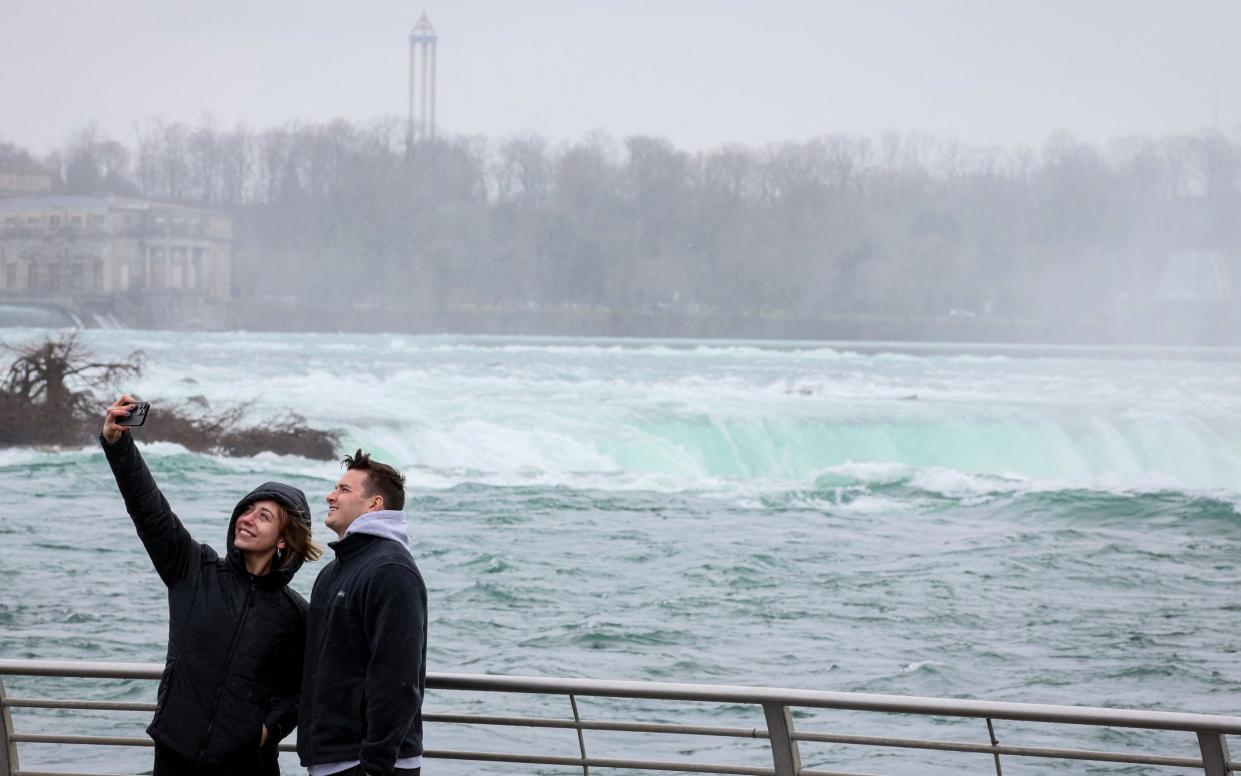Cloudy forecast casts shadow over eagerly anticipated solar eclipse

Cloudy skies forecast for Monday could spell disappointment for many of the millions of North Americans hoping to glimpse the continent’s first total solar eclipse since 2017, possibly turning this spellbinding celestial phenomenon into a dud.
Some regions that more typically experience fair skies in April within the “path of totality” - the narrow corridor where the moon can be seen obscuring the entire face of the sun - appear to have the gloomiest weather outlook for Monday.
Much of Texas, considered prime eclipse-viewing territory by many traveling there for the occasion, was predicted in forecast models on Friday to have cloud cover of 60-80 per cent on eclipse day.
Parts of northern New England, by comparison, looked far more promising. The probability for clear skies was also improving across the middle Mississippi Valley and western Ohio Valley, including Indianapolis, according to the National Weather Service.
“I’m pretty disappointed,” Gary Fine, 81, a retired photographer from Los Angeles who booked airfare and hotel reservations for Dallas several months ago, said on Friday as he packed for his trip.
Fine briefly considered switching to a New England itinerary as forecasts of overcast conditions emerged in Texas, but he decided that was too costly and difficult. “We’ll just go with our original plan and hope for the best,” Fine said.
The reversal of fortune is attributed to a storm system moving through the United States’ upper Midwest and an associated cold front, according to Josh Weiss, a meteorologist with the Weather Prediction Center, a branch of the weather service.

Seasonal climate patterns “would suggest that New England and the Ohio Valley would be cloudiest in April, and the southern part of the eclipse path would be the most clear. It just so happens with this weather system it’s almost the exact opposite,” Weiss said.
Where clear skies prevail, skywatchers along the direct path of the eclipse will be treated to the rare spectacle of the moon appearing as a dark orb creeping in front of the sun, briefly blocking out all but a brilliant halo of light, or corona, around the sun’s outer edge.
The period of up to 4 1/2 minutes of totality in the sky will be ushered in by a number of other eerie eclipse effects.
Some stars will twinkle at midday as twilight abruptly descends, sending temperatures dipping and faint waves of “shadow bands” flickering over the landscape. Birds and other wildlife, reacting to the sudden darkness, may fall silent and still.
Fine, who said he had witnessed two other total solar eclipses in his lifetime, described the experience as “awe-inspiring” and “breathtaking.”
Eclipse enthusiasts were expected to flock to cities and towns along a slender zone averaging about 115 miles (185 km) wide slicing through Mexico into Texas and across 14 other US states, then into Quebec and four more provinces of Canada.
This is incredible.
From @Jamie_Lane where AirBnBs are fully booked next week. pic.twitter.com/ITKZJaGfY8— Mike Simonsen 🐉 (@mikesimonsen) April 4, 2024
An estimated 31.6 million people live in the path of totality, compared with roughly 12 million in the last total solar eclipse that traversed the contiguous United States in August 2017, according to Nasa.
But less-than-ideal weather forecasts have stirred anxiety for people who have made travel plans, some booking expensive airline and hotel reservations to get what they hoped would be the best possible view.
As of Friday, according to the Weather Prediction Center, clouds were most likely to impede US viewing from Texas into Arkansas, and possibly in Ohio, northwestern Pennsylvania, and western New York.
Overcast skies are likewise expected for much of Mexico.
The best chances of clear viewing in the US lie in the northern corners of Vermont, New Hampshire, and Maine, as well as parts of Canada, and from southern Missouri to central Indiana, the center said.
Weiss also said the forecast would likely change by Monday, though current predictions leaning heavily one way or another will probably harden by then.
“I check it three of our times a day,” Fine said of the Dallas weather forecast as he was packing for the trip.
Across North America, notable cities in the path of totality for the 2024 solar eclipse include Mazatlán and Torreón, Mexico; San Antonio, Austin and Dallas, Texas; Little Rock, Arkansas; Indianapolis, Indiana; Cleveland, Ohio; Buffalo and Rochester, New York; Burlington, Vermont; and most of Montreal, Canada.
Nasa will livestream the solar eclipse at 6pm UK time. The stream will end three hours later.


